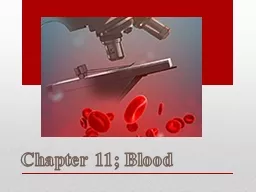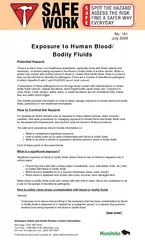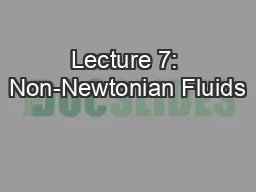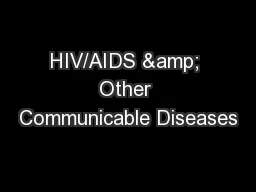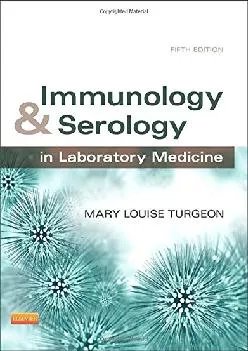PPT-Chapter 11; Blood Serology; the study of bodily fluids
Author : carny | Published Date : 2022-06-01
Separation of blood Living portion of blood is Erythrocytes red blood cellsRBCs Leukocytes white blood cells Platelets Liquid part of the blood with no cells in
Presentation Embed Code
Download Presentation
Download Presentation The PPT/PDF document "Chapter 11; Blood Serology; the study of..." is the property of its rightful owner. Permission is granted to download and print the materials on this website for personal, non-commercial use only, and to display it on your personal computer provided you do not modify the materials and that you retain all copyright notices contained in the materials. By downloading content from our website, you accept the terms of this agreement.
Chapter 11; Blood Serology; the study of bodily fluids: Transcript
Download Rules Of Document
"Chapter 11; Blood Serology; the study of bodily fluids"The content belongs to its owner. You may download and print it for personal use, without modification, and keep all copyright notices. By downloading, you agree to these terms.
Related Documents

